
I Have Colourised The Lost Tommies, Unknown Soldiers From WW1
I have been colourising photos for a few years now and have gradually built my hobby into a home grown business PhotograFix. For this project I have chosen to colourise a handful of images, from over 4000 glass plates discovered in a French farmhouse by Australian journalist Ross Coulthart in 2011. My photos are a small contribution to the effort started by the WW1 Colourised Photos page on Facebook.
All the men pictured are unknown and lay undiscovered for almost 100 years. I hoped that by colourising the images they would be shared and seen by more people on the off-chance that a reader may recognise their father or grandfather’s face. I find that often black and white images are sadly ignored, and colourising is a way to at least try and keep their memories alive. This project took me around a week to complete, working around paid commissions, and I am very pleased with the reaction they’ve received so far.
The images are more relaxed and informal than other military photos, and therefore harder to trace due to lack of records. Even more powerful is that the village they were photographed in, Vignacourt, was only a day’s march from the front lines of the Battle of the Somme, meaning that many of these men may have died days or weeks after their photos were taken.
More info: Facebook
I chose these particular images as their faces were so crisp
A slightly different image from the others, a soldier from ‘A’ Squadron, the North Irish Horse Regiment. Local children watch in the background
These eyes look like they’ve seen things we couldn’t imagine. As his hair is fair, I have chosen to give him blue eyes
A soldier of the Durham Light Infantry, wearing the ribbon of the Military Cross
A Lance Corporal in the Royal Army Medical Corps
A soldier of the British West Indies Regiment
A soldier of the Middlesex Regiment
The images were found in a farmhouse in the village of Vignacourt, France
An unknown Colonel wearing the Military Cross and Boer War campaign medals
This soldier has Two Years Overseas Service chevrons on right sleeve and a Good Conduct (Three Years) chevron on his left sleeve
A soldier of the Army Service Corps. The ASC was responsible for transport, admin, fire service, food, water and fuel supply
A soldier (possibly of the Leeds Rifles) with a injured hand
The soldiers in these images were billeted at Vignacourt when they were away from the trenches
Vignacourt was a day’s march from what would become the frontline of the Battle of the Somme
The original images in this article are all courtesy of Ross Coulthart, author of ‘The Lost Tommies’ & The Kerry Stokes Collection – Louis & Antoinette Thuillier.
4Kviews
Share on FacebookThank you Michel, sorry for the late reply
Load More Replies...thank you for that impressive work. such a respect for these men who died for our freedom. you gave them another life doing this. hope some relatives will recognize the pictures for memories.
Thank you, that's really appreciated :) Tom
Load More Replies...Thank you for posting these. I feel like very few Americans know much about World War I or remember what an enormous upheaval it was in world politics. In my opinion, it was in that war that America really became a "superpower." When you read the French, British and Germans' accounts of seeing the first American troops arriving on the battlefields of France, you can feel their awe at the Americans' height, good health, carefree attitudes and excellent equipment. Anyway, thank you again for posting these wonderful pictures.
Thanks Robin, sorry for my late reply
Load More Replies...Thank you Michel, sorry for the late reply
Load More Replies...thank you for that impressive work. such a respect for these men who died for our freedom. you gave them another life doing this. hope some relatives will recognize the pictures for memories.
Thank you, that's really appreciated :) Tom
Load More Replies...Thank you for posting these. I feel like very few Americans know much about World War I or remember what an enormous upheaval it was in world politics. In my opinion, it was in that war that America really became a "superpower." When you read the French, British and Germans' accounts of seeing the first American troops arriving on the battlefields of France, you can feel their awe at the Americans' height, good health, carefree attitudes and excellent equipment. Anyway, thank you again for posting these wonderful pictures.
Thanks Robin, sorry for my late reply
Load More Replies...
 Dark Mode
Dark Mode 

 No fees, cancel anytime
No fees, cancel anytime 




















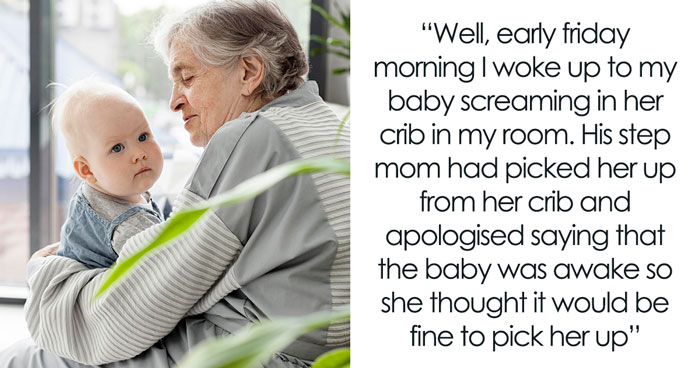



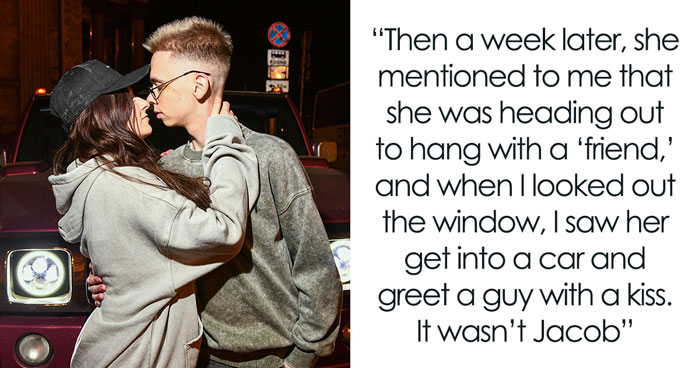

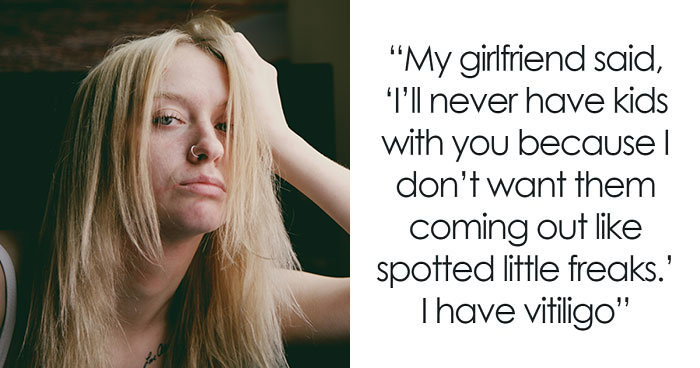

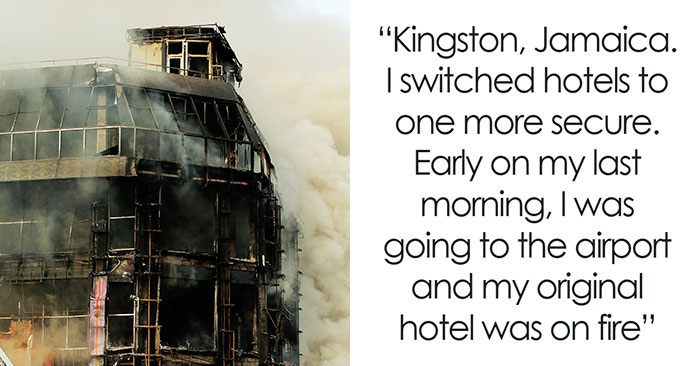
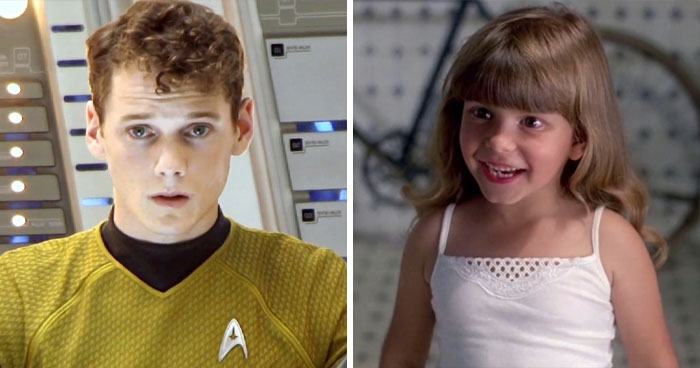
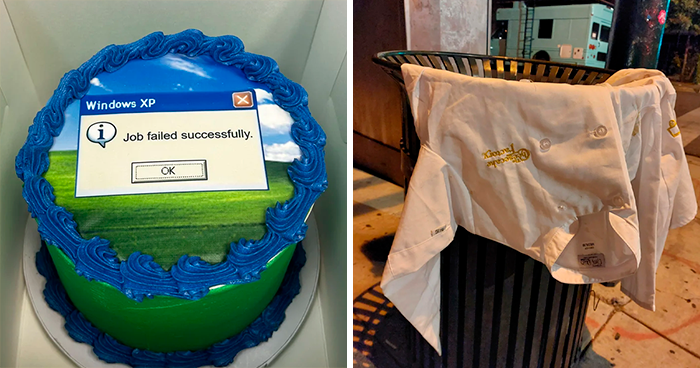



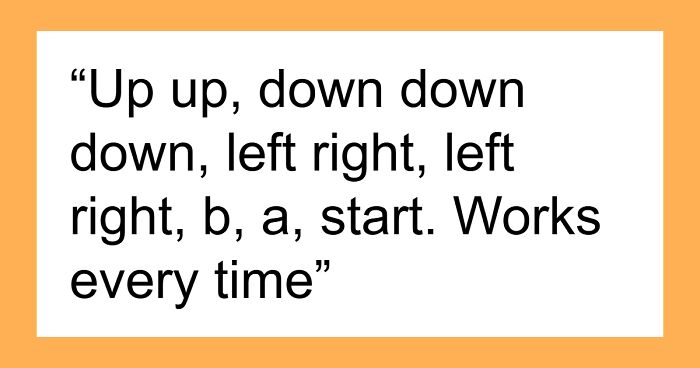




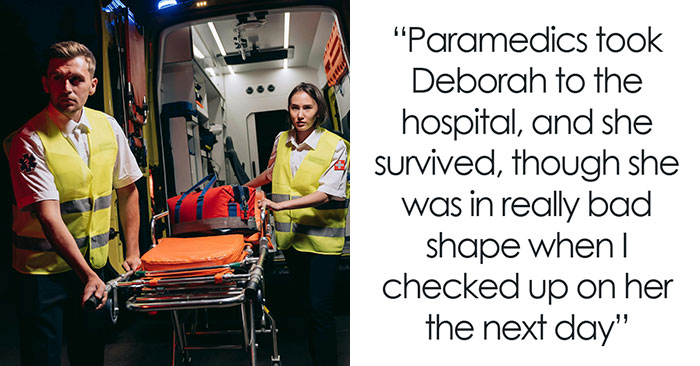
61
12